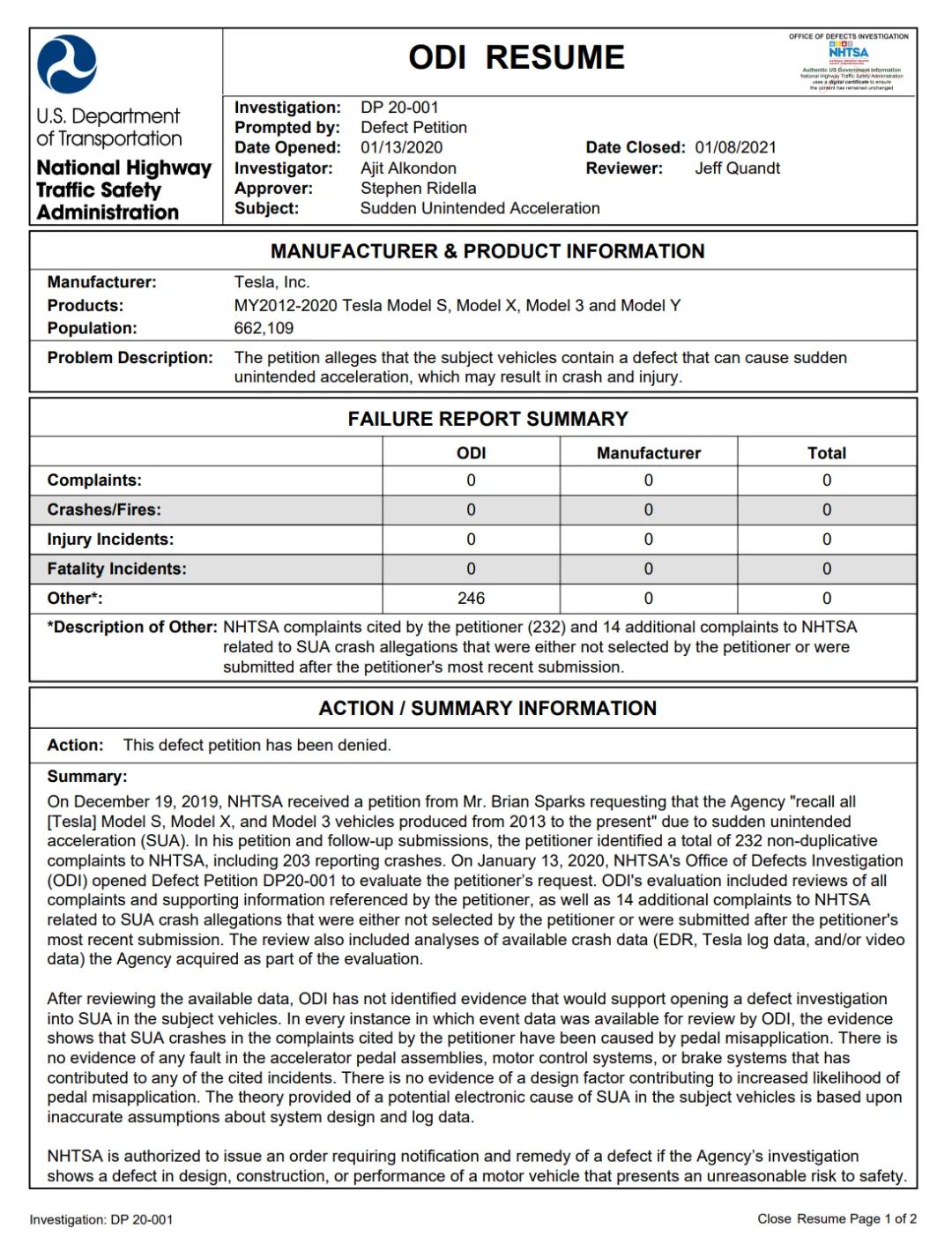*Author: Chris Zheng
On January 18th, 2021, the first batch of domestically produced Tesla Model Y began delivery at Tesla’s delivery centers nationwide.
Before and after delivery, potential and newly minted Tesla owners have been arguing online about an adjustment Tesla made to their products – Tesla has eliminated the “low” option in the energy recovery adjustment option and set the new cars to standard energy recovery, which cannot be adjusted or cancelled.
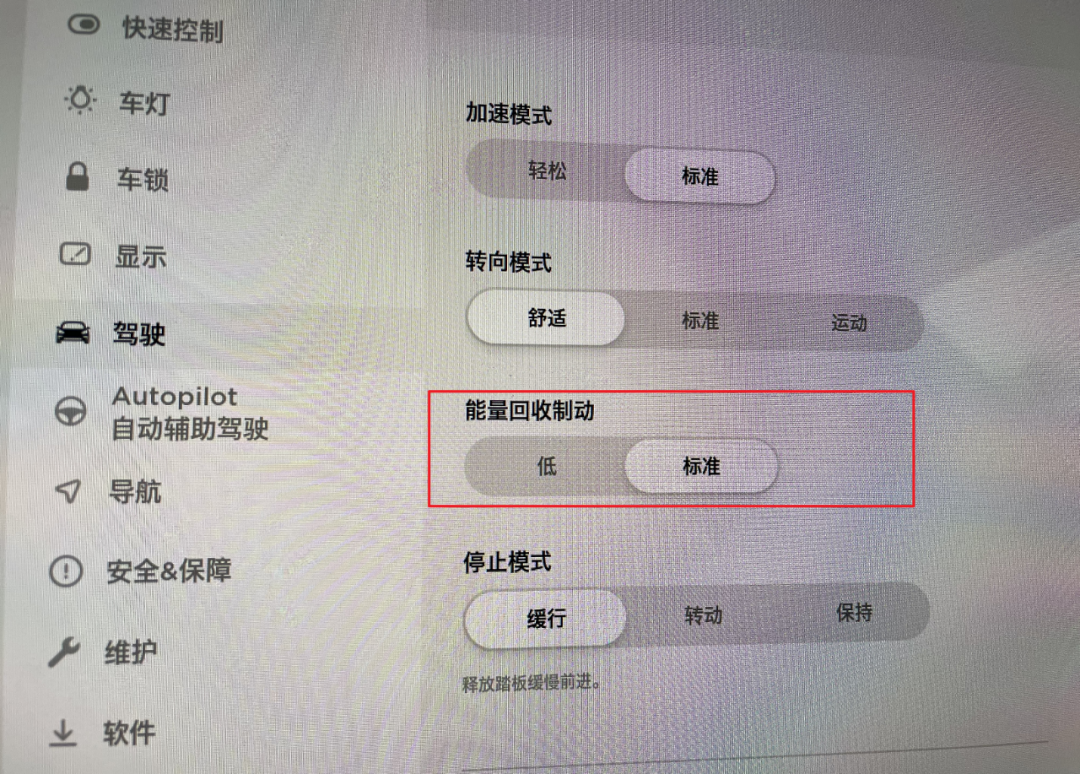
So, what are users arguing about? What did Ta cut when Tesla cut “low” energy recovery?
What is “energy recovery”?
During human driving behaviors, vehicle control can be simply divided into lateral control and longitudinal control.
Lateral control is simple – you turn left or right by turning the steering wheel or making a U-turn. Longitudinal control is the focus of this article: acceleration is achieved by pressing the accelerator or throttle pedal, and braking is achieved by pressing the brake pedal.
In a gasoline car without a power battery, braking is mainly achieved by the mechanical braking system’s friction, thereby slowing down or stopping the vehicle.
However, in hybrid / electric cars, the reversible motor can work in the form of a generator, convert the vehicle’s kinetic energy into electrical energy and store it in the power battery. Thus, the car can achieve deceleration or braking without doing work or doing less work on the brake pedal. This is energy recovery.
For drivers, the role of the energy recovery system is essentially the same as that of mechanical braking: the more power the energy recovery system has, the greater the deceleration and braking force, the stronger the forward-leaning inertia of the occupants in the car, and the stronger the backward drag sensation on the riding experience.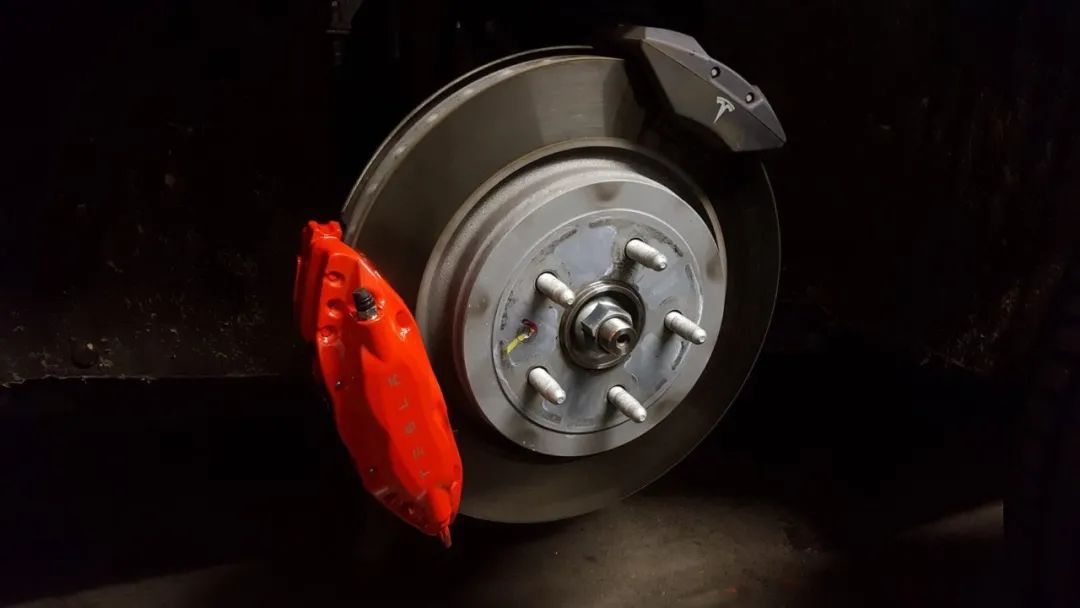
Back to Tesla, to ensure a pleasant driving experience for people with different driving styles, Tesla has two calibrations for regenerative braking force: “Low” and “Standard”.
Simply put, the “Low” regenerative braking force is small, similar to the state of a gasoline car when the accelerator is released but the brake is not pressed, while the “Standard” force is stronger, more like the deceleration of a vehicle when the accelerator is released and the brake is pressed.
In actual driving behavior, Tesla couples regenerative braking with accelerator pedal calibration, achieving a driving control behavior of “acceleration when stepping, deceleration when releasing”.
That’s the background.
What are the benefits of regenerative braking?
Compared to mechanical braking, what are the benefits of regenerative braking?
First of all, as the name suggests, regenerative braking improves energy utilization, which is the most fundamental motivation for all car companies to develop energy braking systems.
This logic is very basic. Engine engineers are constantly working to improve even 1% of thermal efficiency; body engineers are trying to reduce weight even by 1 kg while ensuring structural safety. The logic of regenerative braking is similar: improving energy utilization while satisfying user needs (braking).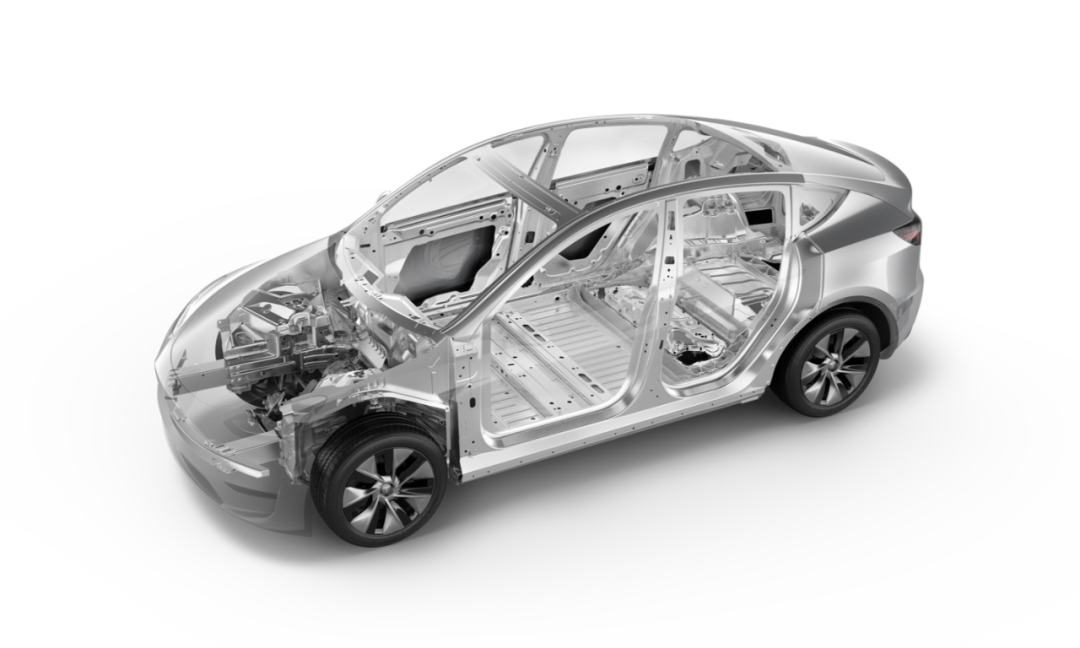
Under the Chinese national standard based on NEDC, energy recovery can increase the driving range by 15% – 25%; whereas under Tesla’s headquarters in the United States EPA standard, energy recovery can bring up to 40% – 50% increase in driving range.
Moreover, it significantly extends the life of mechanical brakes.
The peak braking power of the regenerative braking system in different vehicles varies. For instance, in the Porsche Taycan, its maximum energy recovery power can reach 265 kW, which means when driving the Taycan and braking, the regenerative braking system alone will “oppose” the kinetic energy of the vehicle moving forward, equivalent to the power of a 360 horsepower engine.
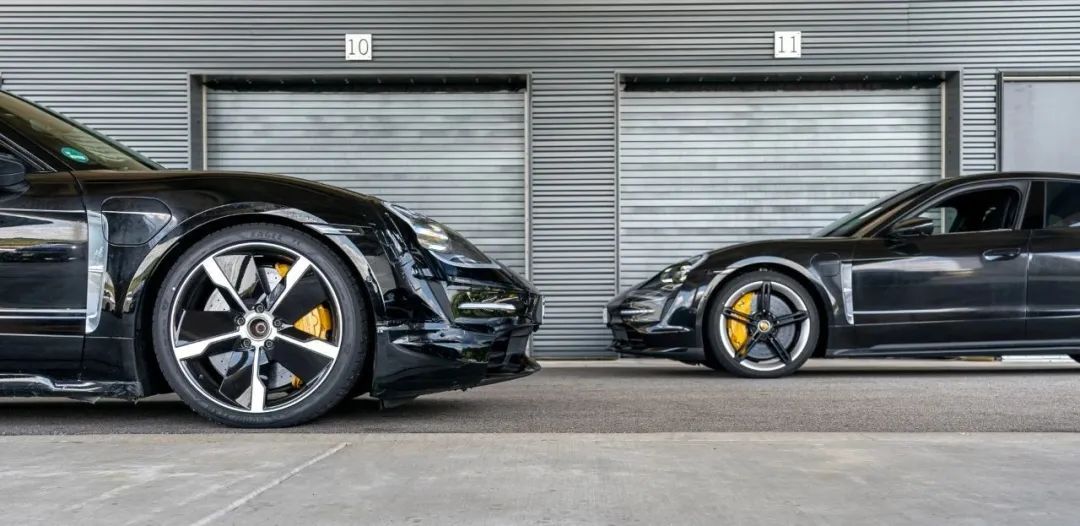 Tesla did the same. As early as 2007, Tesla firmware engineer Greg Solberg developed the kinetic energy recovery system for the first-generation Roadster. By the time of the Model S P85+ in 2014, its regenerative braking power had reached 60 kW.
Tesla did the same. As early as 2007, Tesla firmware engineer Greg Solberg developed the kinetic energy recovery system for the first-generation Roadster. By the time of the Model S P85+ in 2014, its regenerative braking power had reached 60 kW.
In October 2018, Tesla further strengthened the regenerative braking performance of the Model 3 in version 2018.42.
“The stronger the regenerative braking power, the more braking scenarios it can cover, and the lower the probability that traditional mechanical brakes need to be used,” said the text.
In December 2018, Tesla CEO Elon Musk said that “because of the role of regenerative braking, Tesla’s brake pads do not need to be replaced during the entire life cycle”.
Lastly, and perhaps most importantly: automated driving behavior.
Here are two stories as background:
According to a road test article by Double Clutch editor Adi Desai published in December 2013, “Although the regenerative braking function of the 2013 Model S P85 is enabled by default, this function can be completely disabled”.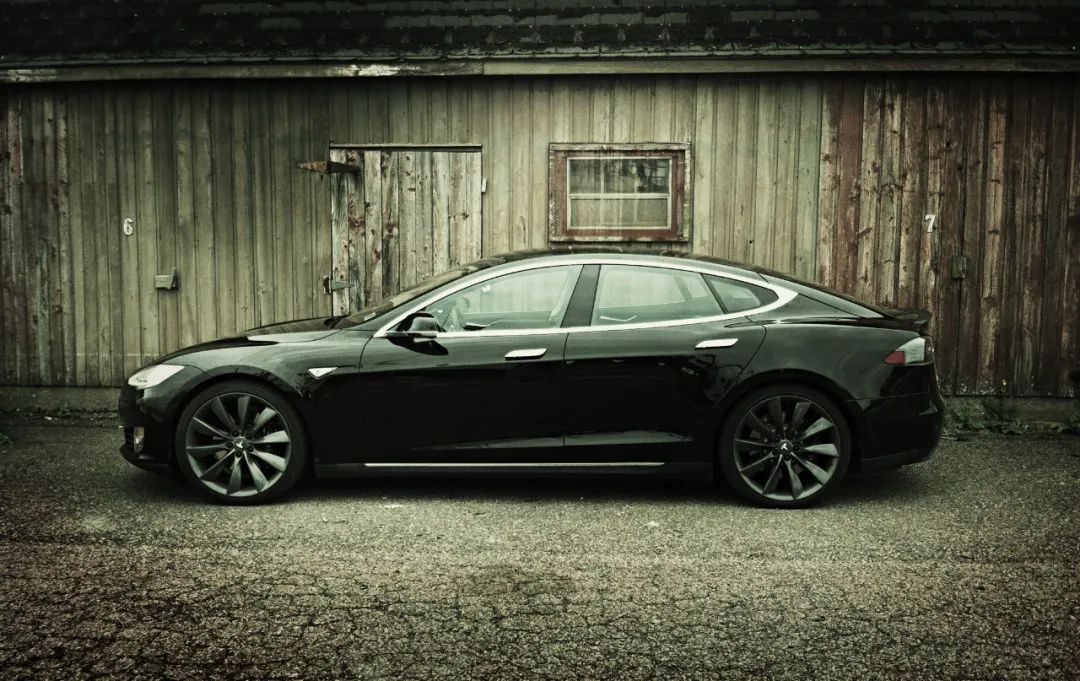
After that, Tesla quietly removed the cancel button, leaving users with only the choice between “Low” regenerative braking and “Standard” regenerative braking.
It was not until June 2020 that Tesla removed “Low” regenerative braking from its North American models and made “Standard” regenerative braking a standard feature that could not be canceled.
This story shows us that from the earliest three options of “Regenerative Braking at 0 (canceled), Low, Standard”, to the options of “Regenerative Braking at Low, Standard”, and then to “Regenerative Braking at Standard” with no choice, Tesla has been gradually guiding its users. However, even in the earliest version that could be canceled, Tesla’s product logic was always default to “On”.
During years of iteration, Tesla has been trying to guide users to learn regenerative braking and gradually get used to stronger regenerative braking.
In the second story, in April 2019, a Tesla Model 3 Standard Range Plus owner (which was then the Tesla model with the shortest range) asked Elon Musk whether he should charge his car to 100% to ensure use for his daily commute, which exceeded 80 miles per day, leaving little leftover power for gaming or intense driving.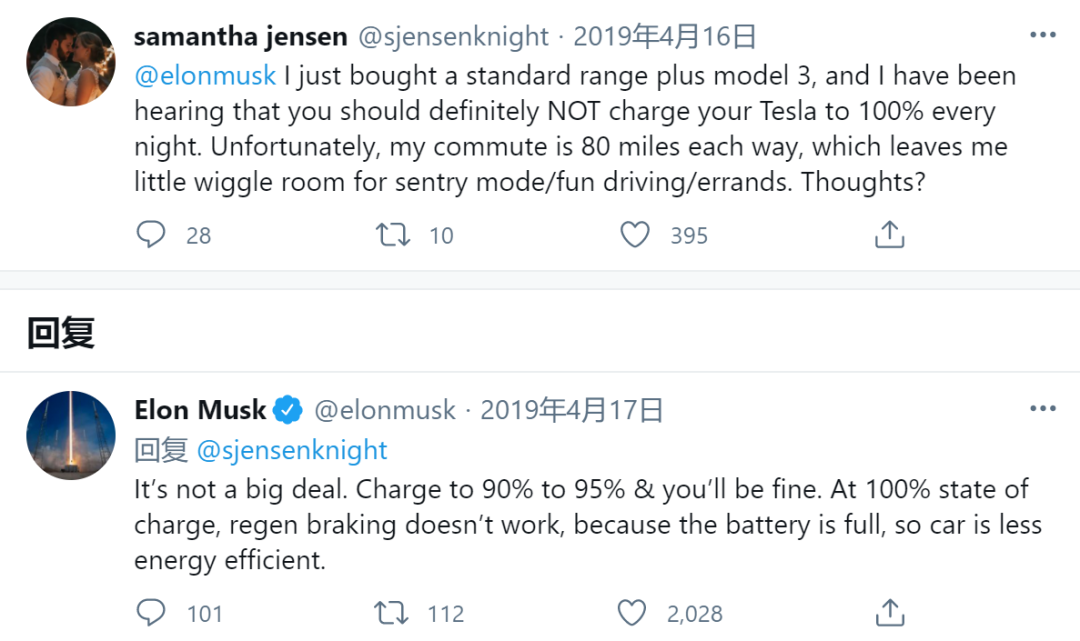
Elon’s answer is to charge to 90%-95%. Charging to 100% disables regenerative braking (which, in fact, is easy to understand: when the battery is full, the electricity generated by regenerative braking has nowhere to go), and the overall energy efficiency of the vehicle decreases.
This story tells us that Elon cares very much about the complete experience of regenerative braking, to the point where he prefers 95% charge with regenerative braking over 100% charge with no regenerative braking.
Looking at the two stories together, this matter may not be so simple. Why does Tesla care so much about regenerative braking?
Perhaps we need to review the complete behavior of driving a car in the past.
On manual transmission models, we control the vehicle’s acceleration/deceleration/stop by coordinating the clutch pedal, brake pedal, and accelerator pedal with our feet. During this stage, we need to control the collaboration between the three pedals.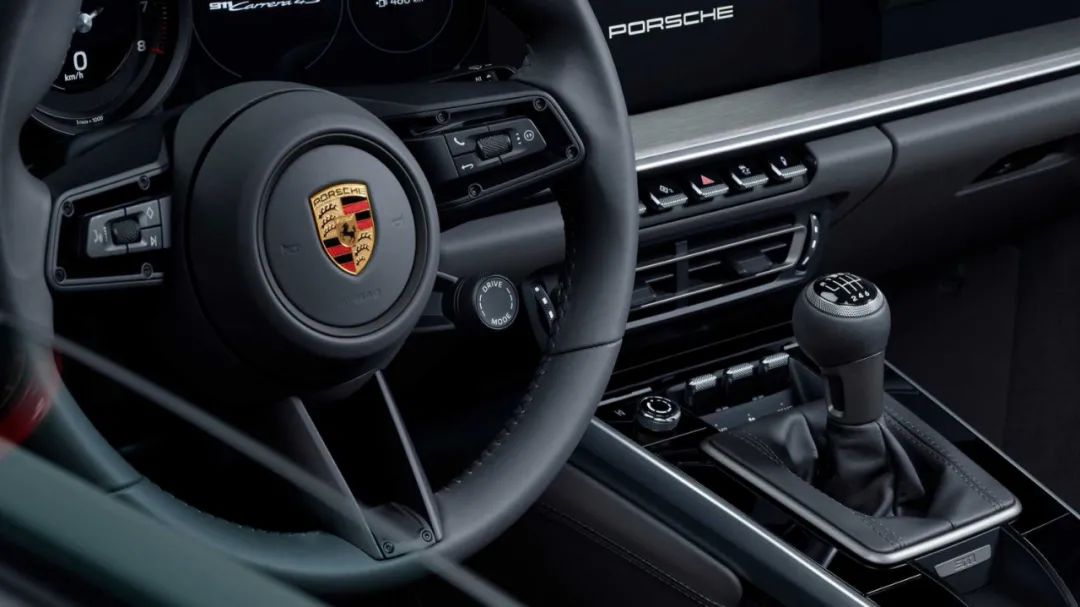
Later, automatic transmission was invented.
On automatic transmission vehicles, we accelerate by stepping on the gas pedal, and decelerate/stop the vehicle by releasing the gas pedal and stepping on the brake pedal. At this stage, we need to control the cooperation between the two pedals.
In 2007, regenerative braking system for passenger cars was invented.
On pure electric vehicles equipped with regenerative braking system, in most situations, we still accelerate by depressing the accelerator pedal, and decelerate/stop the vehicle by releasing the accelerator pedal. That is what we mentioned before, “step on the accelerator pedal to accelerate, release it to decelerate”. At this stage, we only need to control one pedal, without the need for the cooperation between the two pedals, to complete the driving behavior.
From manual transmission gasoline vehicles to pure electric vehicles with regenerative braking system, it is an evolution that liberates drivers and enhances the automation of driving behavior.
In order to achieve a higher level of automated driving control, Elon Musk repeatedly “challenges” the user’s limit, by choosing not to fully charge the battery in exchange for a full-time “regenerative braking instead of braking” driving experience.
However, there is a big premise in this stage, which is that the regenerative braking system only covers “most situations, not “100% situations”.
In extreme situations where large friction force is required for emergency braking, mechanical brakes must be introduced immediately. ** This is the biggest difference between “automatic transmission” and “regenerative braking” in terms of liberating drivers and automating driving behavior.**
It is also this difference that caused the beginning of the article to become a mess. The main demand of car owners is: please return the choice back to the user.
Where is the problem with regenerative braking system?
You may ask, Tesla did not remove the mechanical brake. In extreme situations where mechanical brakes are required, can’t we just step on the brake pedal? In other situations, doesn’t the regenerative braking system still achieve “step on the accelerator pedal to accelerate, release it to decelerate”, and achieve a higher level of automation in driving behavior?We need to analyze some specific customer groups:
Customer group A: There are two cars at home, and the Tesla is used for daily commuting while the fuel car is used for long-distance travel.
Considering that in most areas today, the convenience of long-distance charging and power supplementation is not as good as refueling fuel cars, it is quite common for Tesla users to buy pure electric cars as the second car.
The problem is here: when the owner of the fuel car releases the accelerator pedal, there is no energy recovery for the fuel car; when the owner of Tesla releases the throttle, the vehicle will provide instant strong energy recovery.
For the same driving behavior, the system feedback of the two cars is completely different. This can cause confusion in perception.
Customer group B: Fuel car owners switch to Tesla and purchase additional cars. The owner is an experienced driver with many years of driving experience.
As Tesla accelerates permeation, more and more fuel car users will choose to try Tesla when upgrading their consumption. This is another typical Tesla user image.
For this group of people, years of driving experience with fuel cars has formed enough intuitive muscle memory, that is, stepping on the accelerator pedal for acceleration, releasing the accelerator pedal for gliding, and stepping on the brake for braking. But Tesla tells you that stepping on the throttle is accelerating, but releasing the throttle is not gliding, but braking.
This is an example of the actual driving system feedback conflicting with deep-rooted driving cognizance and will also cause confusion in perception.
For the above users, whether it is guidance or mandatory, strong energy recovery will be a potential continuous problem for the driving experience of product design.
How does Tesla make product decisions?
In the section “Where is the problem with kinetic energy recovery?” there is a problem that car owners are arguing very fiercely about, which is “The passengers in the front or back will experience motion sickness under strong energy recovery.”
The reason why it is not mentioned is that, in my opinion, this is not a problem of kinetic energy recovery, but a problem of the driver – when the driver learns “how to brake by strong energy recovery” through a sufficiently long time of learning about this product design, they will have a deeper understanding and bring a better riding experience by controlling a pedal while ensuring that the vehicle does not brake suddenly.
However, how does a company “dare” to modify the design of the product and require users to learn and adapt?
In fact, Tesla has always been doing this.
On the Tesla Model 3, there is a very important example, which is to remove the instrument panel. For ordinary consumers, removing the instrument panel is undoubtedly a “deviating from the norm” design.
Senior car interior designer Zimo once wrote an article analyzing the underlying logic of Tesla’s approach from a professional perspective.
Operating a car, in addition to traditional steering wheels, clutches (objects that disappear in the electric vehicle era), brakes, and accelerator pedals (which should be called throttles in the electric vehicle era), communication between the car and the driver and passengers is completed through input and output devices (corresponding to computer display screens, mice, and keyboards during the invention of computers).
What is the mainstream luxury product interaction logic in the market?We take the interior design of BMW’s sports flagship Coupe BMW 8 series, which has been leading the industry with the iDrive system, as an example before the launch of Tesla. The overall layout of the interior design is as follows: red represents output devices, and blue represents input devices.
The red and blue are complexly interwoven, which has a certain learning cost for non-loyal users.

German traditional car manufacturers have touchscreen-ized the central screen in recent years, but the basis is still based on the traditional car instrument layout. An additional black box has been added in parts where technology needs to be highlighted, such as HUD. Users can choose from iDrive control knobs, navigation keys, voice control, gesture control, and touch control.
It can be said that the choice is given to the user, which is tedious and burdensome, but fully takes into account the usage habits of users from traditional to avant-garde.
Tesla Model 3 highly integrates input/output devices, bravely cancels all driver-specific information output devices, and integrates everything on a 15-inch multi-touch screen in the center console. Touch control is still the main way of interaction in the Model X interior, combined with voice control.
Solutions such as this by Tesla actually analyze the necessity of all existing output methods from the user experience perspective. As shown above in the example of BMW, when the driver’s screen and the head-up display both display driving-related information (or navigation information) redundantly; the central control screen displays entertainment or navigation information redundantly; the air conditioning adjustment has physical button input and a small screen outputting temperature information.
In reality, Tesla solved a problem that was originally not so complicated by using the minimum number of hardware (testing the durability of fewer hardware components), lower cost, lighter vehicle weight (very important for electric vehicles), and a more direct user interaction experience.
Therefore, in similar product decisions, Tesla cares more about the correctness of the underlying evolutionary logic rather than instant user feedback.
In these types of issues, the “product confidence” of “people don’t know what they want until you show it to them” by Elon Musk and Steve Jobs is very close.
Please Return the Power of Choice to the User
Although the underlying logic seems self-consistent, we still have to say this regarding forced energy recovery itself as a standard feature: Tesla, please return the power of choice to the user.
On January 9, 2021, the National Highway Traffic Safety Administration (NHTSA) of the United States released a report on the “sudden acceleration investigation of Tesla.”
Through analyzing the EDR (Event Data Recorder, which can be simply understood as the “black box” of cars), Tesla log data and videos in regions such as China, Europe and North America, a total of 246 cases of Tesla’s “sudden unintended acceleration” were investigated by NHTSA. The NHTSA investigation concluded:
“After reviewing the available data, ODI has not identified evidence that would support opening a defect investigation into unintended acceleration in the subject vehicles. In every instance in which the source of the acceleration was able to be determined, Tesla’s examination of the log data confirmed that the vehicle operated as designed. Acceleration events described in the complaints appear to be caused by pedal misapplication.
There is no evidence of any fault in the accelerator pedal assemblies, motor control systems, or brake systems that has contributed to any of the cited incidents. There is no evidence of a design factor contributing to increased likelihood of pedal misapplication. The theory of electronic causes for some complaints of UA was based on inaccurate assumptions about system design and log data.”
Considering that the incidents of unintended acceleration caused by “pedal misapplication” were not concentratedly erupted after Tesla’s standard strong regenerative braking system was released in June 2020, these two independent events are not substantively related.
However, more than 200 users who experienced unintended acceleration due to “pedal misapplication” remind us that human driving control ability is not as reliable as we imagine when facing a continuously iterating automotive design.
Fortunately, although Elon Musk is persistent in some product designs, he will choose to surrender once he incurs widespread user protests, although sometimes he does not seem to truly understand or empathize.
A typical example is the Tesla in-car navigation “support adding waypoints” feature: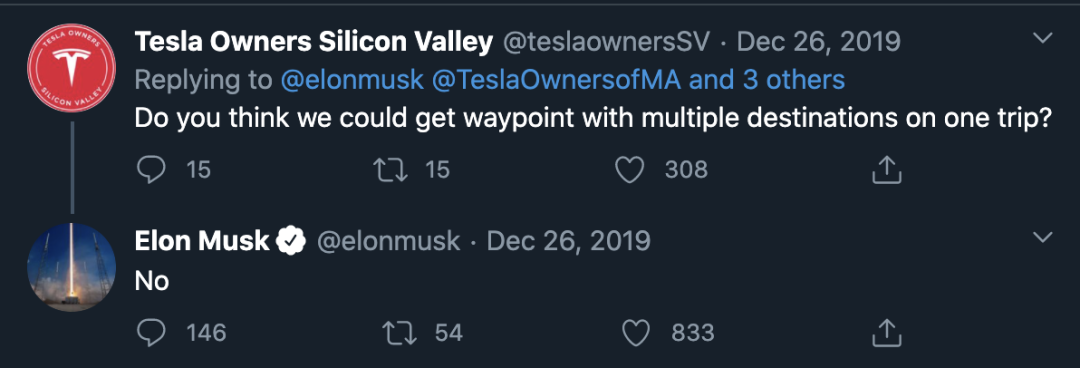
At the end of 2019, a Tesla owner first proposed this demand, but Elon directly refused him. Later in 2020, facing the continued demand from users and his own self-doubt, Elon finally decided to launch this feature.
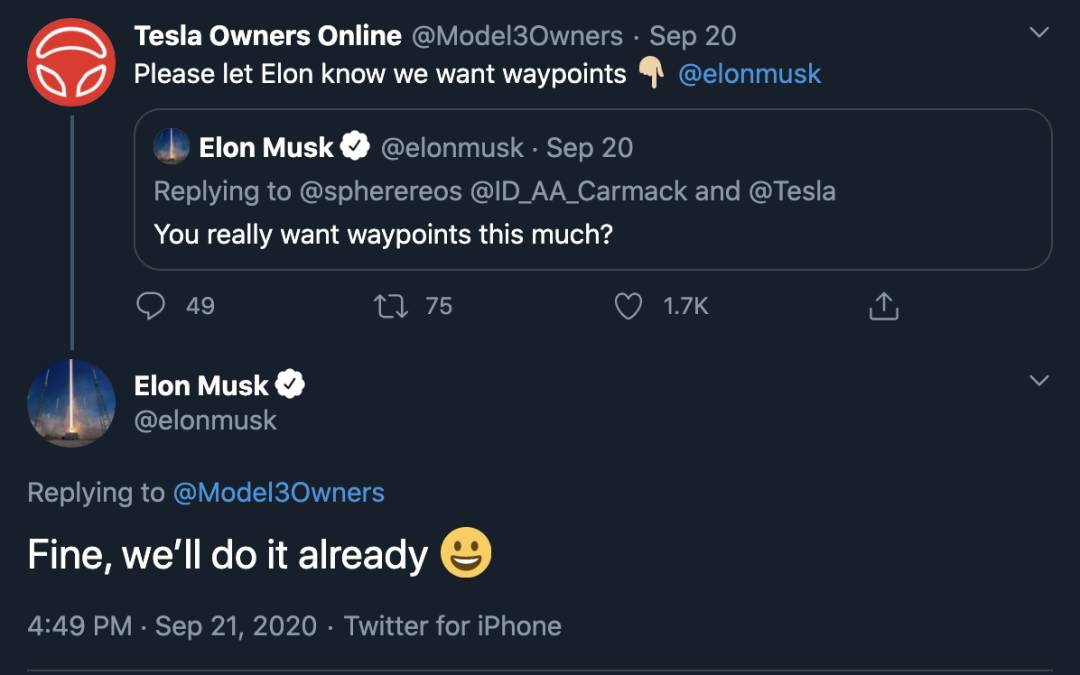
Another example is the recent layout of the Model S/X dashboard. After users protested that key information was not prominent enough in the new UI, Elon quickly responded that we need to make major changes to the UI and enlarged key information in the new version pushed out 10 days later.“`

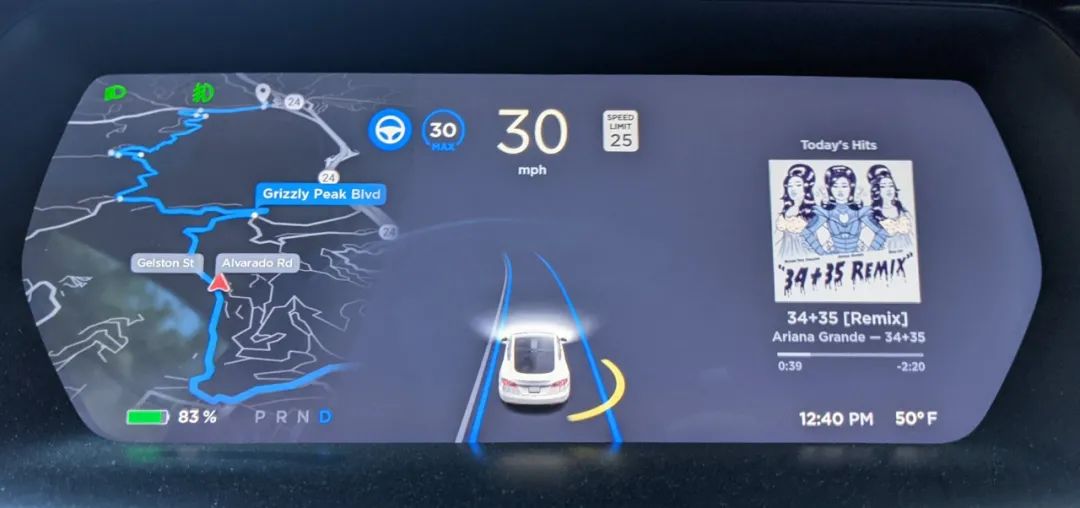
回到强动能回收,当特斯拉砍掉「低」动能回收时,Ta 也砍掉了部分用户愉悦驾驶的体验。如前文所说,这些车主可能会在很长一段时间内持续接收因不同驾驶系统反馈不同而带给大脑的困扰。甚至,这可能招致潜在的安全隐患。
所以,特斯拉,请将选择权交还给用户。
“`
This article is a translation by ChatGPT of a Chinese report from 42HOW. If you have any questions about it, please email bd@42how.com.

